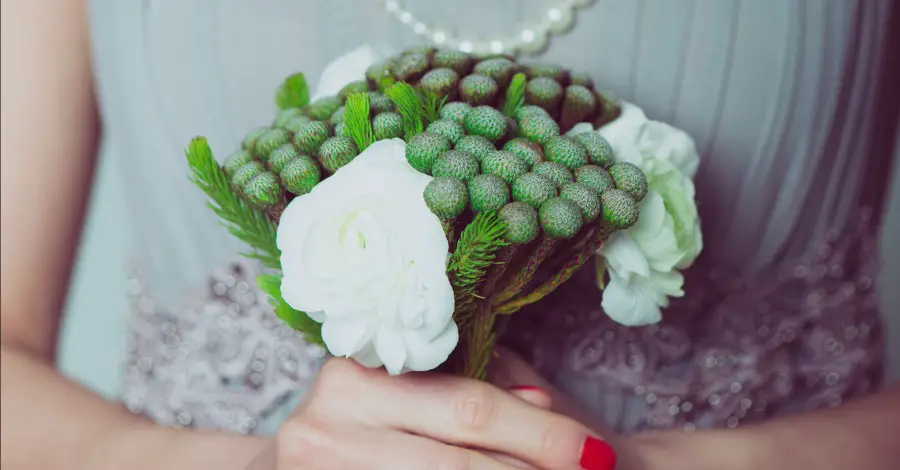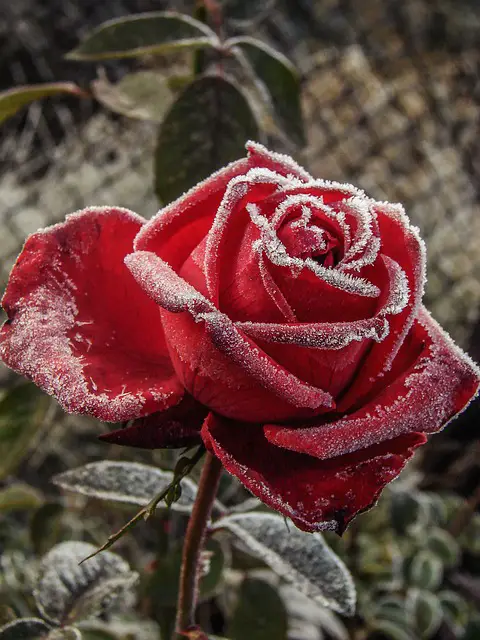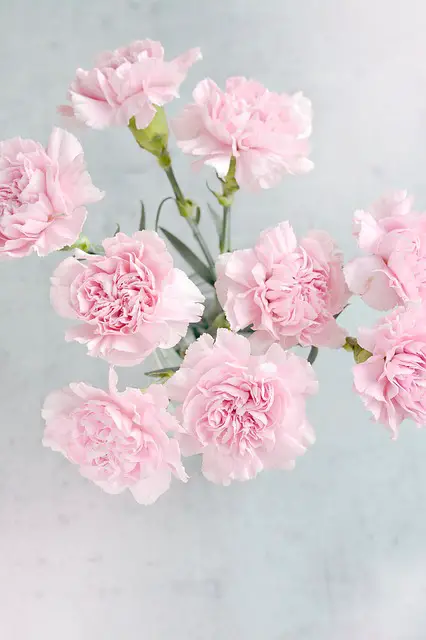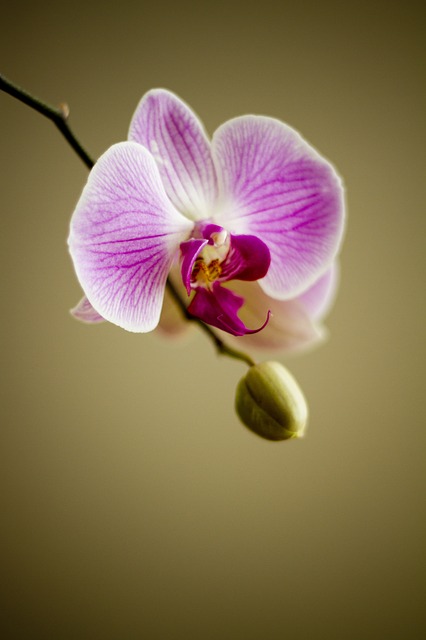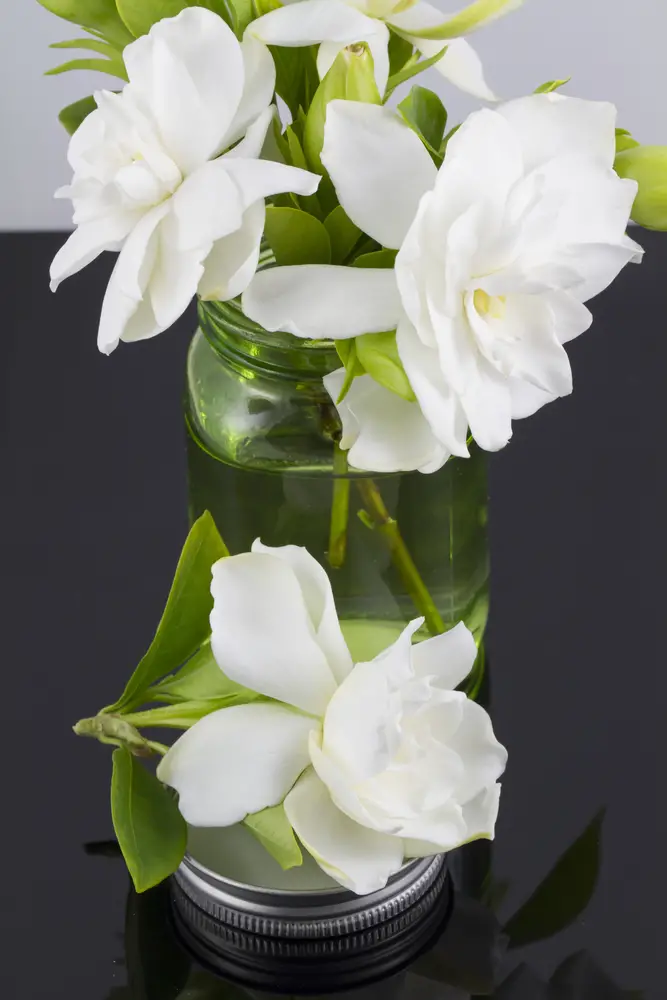10 Most Common Flowers and Their Meanings
What Is the Meaning of Your Favorite Flower?
We send flowers to convey many different emotion-filled messages. When we choose the flowers for the bouquet, we choose what the recipient likes, what looks lovely together, or what the florist suggests. However, during the Victorian age, people in England, Europe, and the United States used a language of flowers to send messages that could equal handwritten notes.
Our Emotional Attachment to Flowers
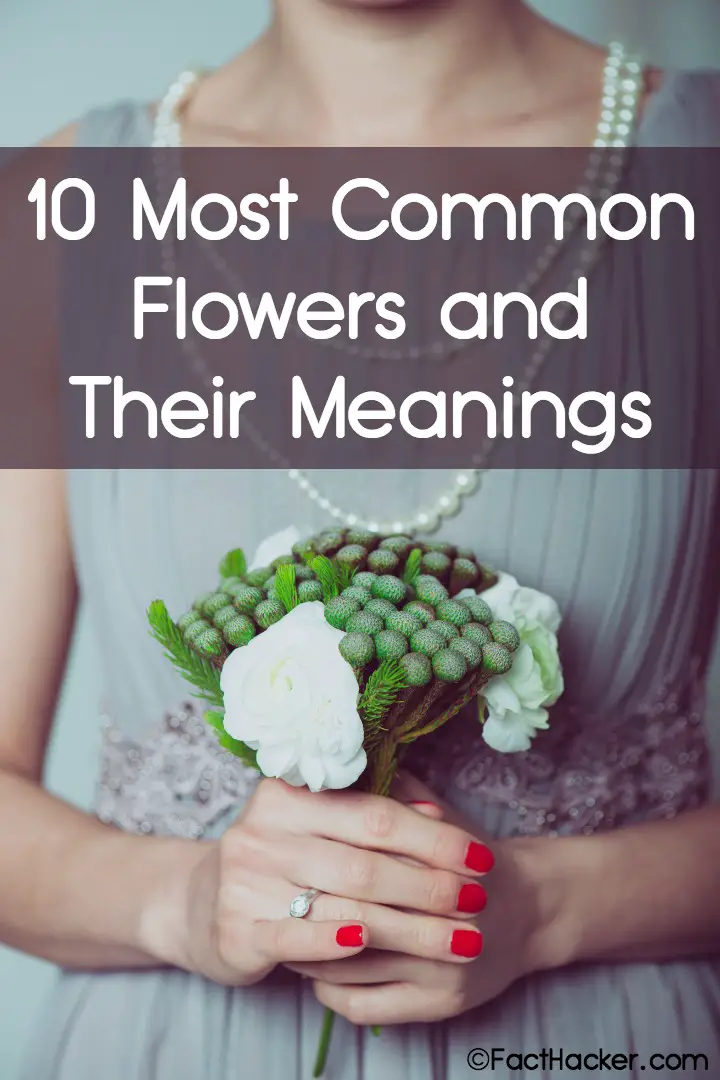 From a strictly utilitarian stand point, though, when you consider the flowers of plants that produce no food, medicines, or dyes for humans, you might wonder why humans have continued to cultivate flowers right along with food producing plants for over 5,000 years, even when resources were meager and having food meant survival.
From a strictly utilitarian stand point, though, when you consider the flowers of plants that produce no food, medicines, or dyes for humans, you might wonder why humans have continued to cultivate flowers right along with food producing plants for over 5,000 years, even when resources were meager and having food meant survival.
A study entitled The Emotional Impact of Flowers, was led by Jeanette Haviland-Jones of the Department of Psychology at Rutgers — the State University of New Jersey.
It was published in Evolutionary Psychology in 2005 and suggests that the way that the beauty and fragrance of flowers lift our spirits actually may serve flowers as an emotionally positive evolutionary survival strategy in the same way that a frightening appearance or a repulsive scent, taste, or appearance serve other plants and animals as an emotionally negative survival strategy.
The details of the study are listed at the end of this article.
The Symbolic Meanings of Flowers
If you would like to send a bouquet of flowers that can be read as a note, the meanings of some popular flowers are included below:
1. Red Roses
Red roses symbolize love and passion, and pink roses speak of admiration. Yellow roses declare friendship. White roses, known as bridal roses, symbolize innocence. Sending a dozen roses represents the ultimate declaration of love. Twenty-five roses offer congratulations. Fifty roses convey unconditional love.
2. Carnations
Carnations symbolize fascination and distinction. Red carnations speak of love and admiration as well as pride. Pink carnations reveal the love of a woman or a mother. White carnations declare innocence and pure love. Yellow carnations denote disappointment, disdain, and rejection. Striped carnations also represent refusal. Purple carnations carry accusations of capriciousness.
3. Daisies
Daisies declare loyal love and denote purity and innocence. Gerbera daisies symbolize cheerfulness. Sunflowers, related to daisies, proclaim pure thoughts.
4. Orchids
Orchids connoted virility in ancient Greece, and they continue to symbolize strength, but they have also come to represent luxury and beauty.
5. Gardenias
Gardenias convey joy, purity, sweetness, and hint at a secret love.
6. Magnolias
Magnolias praise nobility, dignity, and perseverance, and honor a love of nature.

7. Anemones
Anemones send a message of anticipation but fading hope and a fear of being forsaken.
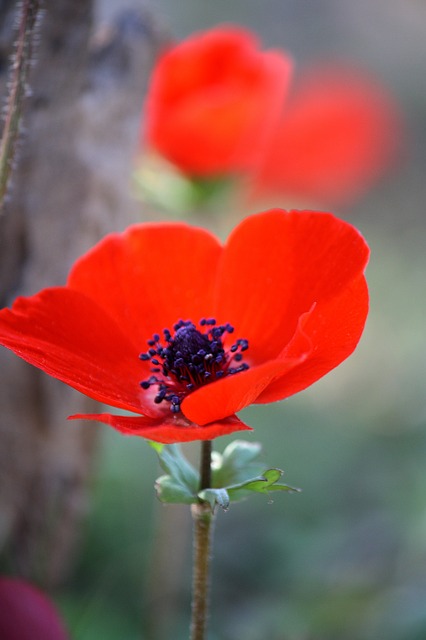
8. Asters
Asters symbolize dainty elegance, but also speak of a love of variety and patience.
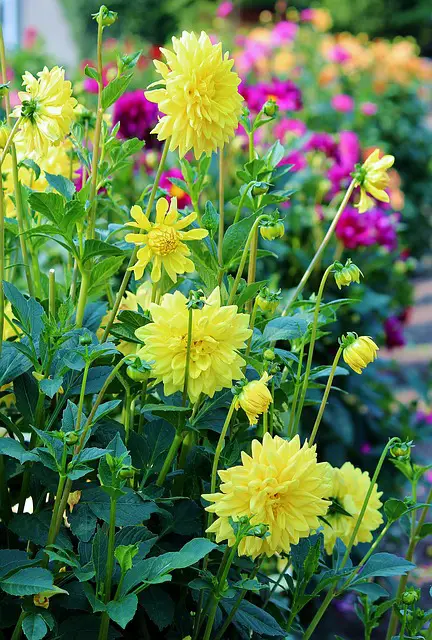
9. Chrysanthemums
Chrysanthemums convey optimism and fidelity with wishes of joy and long life. Red chrysanthemums proffer love, but white chrysanthemums declare truth and loyal love. However, yellow chrysanthemums complain of slighted love.
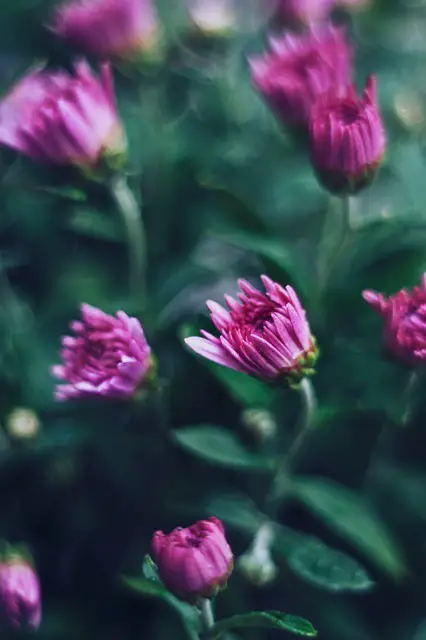
10. Alstromeria
Alstromeria offer friendship with wishes for fortune, wealth, and prosperity.
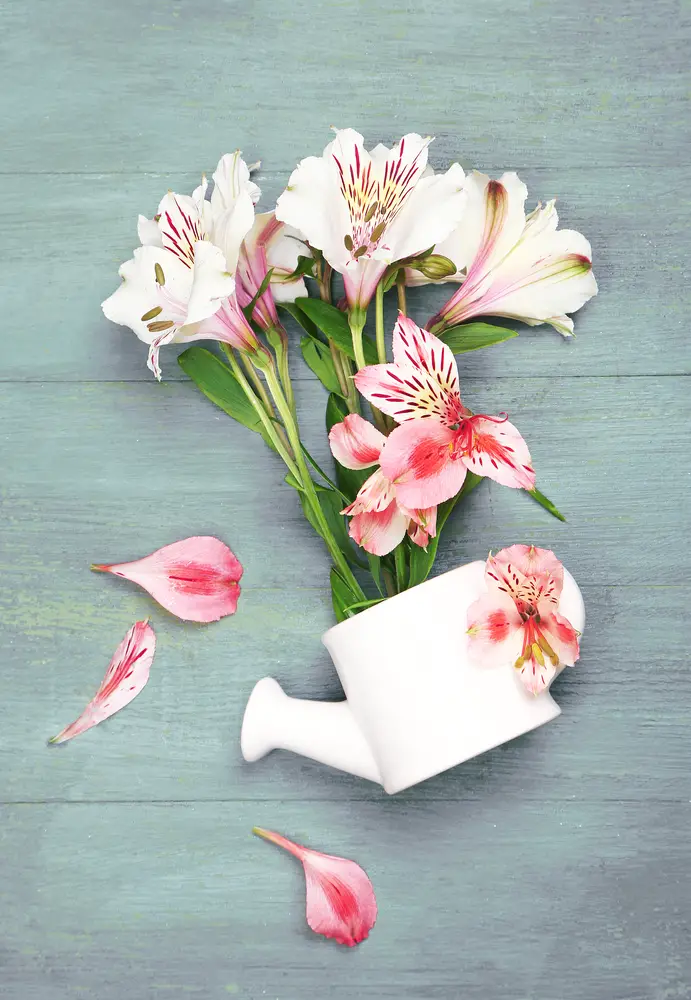
The Emotional Impact of Flowers Study
Haviland-Jones divided her study into three parts to separately test and develop each part of her theory.
In the first segment, women were presented with either a bouquet consisting of a popular assortment of flowers; a large gift basket of fruits and sweets, representing food; or a large, scented column candle with three wicks sitting on a stand, representing light and warmth.
While the bouquet elicited genuine smiles (smiles that involved movement of both the muscles around the mouth and eyes) from 100 percent of the women who received it, 23 percent of the women who received the candle and 10 percent of the women who received the fruit did not respond with genuine smiles. In addition, only the women who received the bouquet reported seeking increased contacts with family and friends and sustaining a positive mood over three or four days after receiving the gift.
Further, the bouquets were shared in public areas of the home, but the candles and baskets of fruits and sweets were kept in private areas of the home.
The second segment was conducted over four days at the university library. On one day, solitary men and women who boarded an elevator were offered a Gerber daisy. On another day, the daisies were present, but none were offered. On another day, the solitary men and women were offered a pen. On another day, no gift was present.
The men and women who received the daisy were the most likely to respond with a genuine smile, to look at the experimenters, move closer to them, and initiate a conversation. Those who received a pen were the second most likely to interact with the experimenters. Those who boarded the elevator when no gift was present were the third most likely to interact with them. Those who boarded the elevator when the daisies were present but not offered were the least likely to interact.
The field notes made by the experimenters suggest that the latter group were disappointed that they were not offered daisies.
The third segment of the study involved senior retirees and was conducted over two weeks. All groups received one bouquet identical to the one used in the first study. After receiving the bouquet of assorted flowers at the beginning of the first week, one group received a second bouquet of assorted yellow flowers at the beginning of the second week.
One group received a bouquet only at the beginning of the first week. One group received a bouquet only at the beginning of the second week. One group received a bouquet only after the experiment was over. Those who received bouquets during the study were happier, more interested in their lives, and less depressed than those who received no flowers.
There were indications that those who received two bouquets were happier than those who received only one. In addition, those who received flowers were better able to recall details about incidents in their lives that they reported in diaries that they kept during the experiment than were those who received no flowers. Also, the effects of the flowers lingered and did not rapidly diminish.
So, the study strongly suggests that we humans do have a strong, beneficial, emotional attachment to flowers that encourages us to keep them around and share them.
